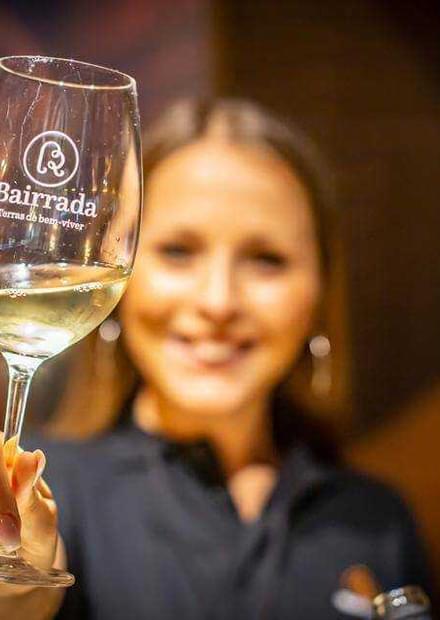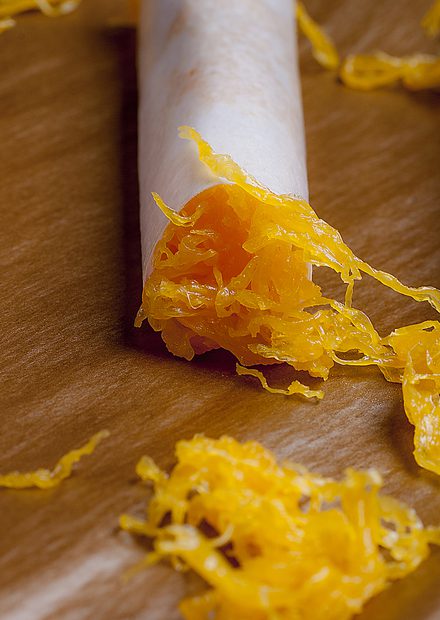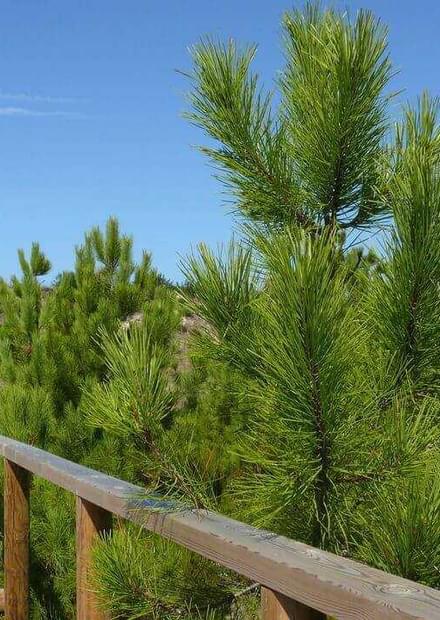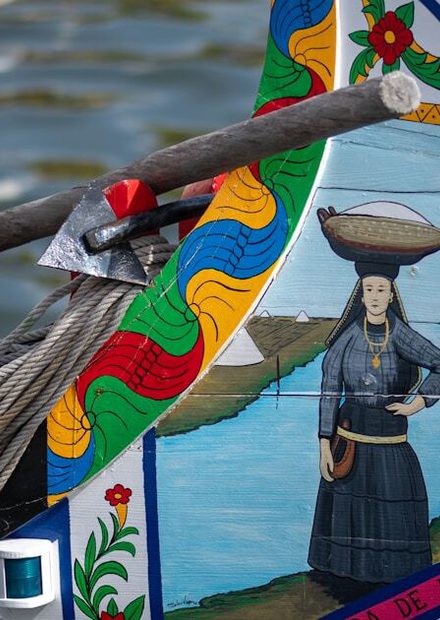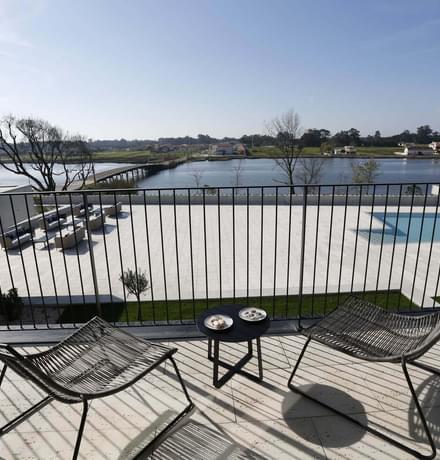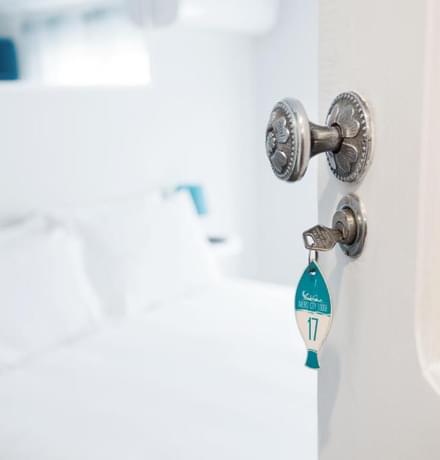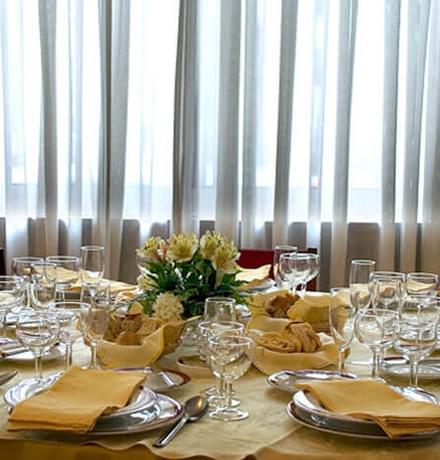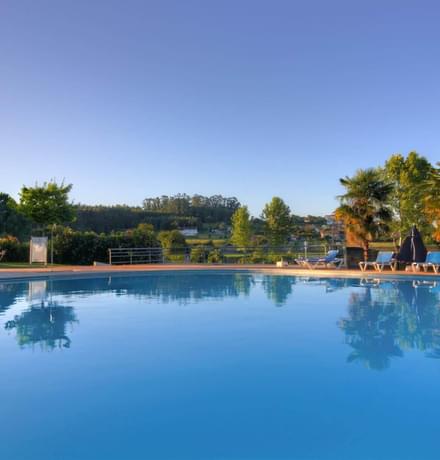The Museum of Aveiro is housed in the old Convent of Jesus of the female Dominican Order. This convent, one of the most ancient convents in Aveiro, dates back to the 2nd half of the 15th century. It was founded by D. Brites Leitão and D. Mécia Pereira. The Princess D. Joana, daughter of the King D. Afonso V, entered this house in 1472, leading a saint life. Therefore in 1693 she was beatified. The Convent became famous mostly because of the presence of Princess Saint Joana and her religious cult.
From the 16th to the 18th century the building underwent several works of enlargement, improvement and artistic enrichment. The 19th century was characterised by liberal ideals, thus deeply influencing religious life. In 1834 a decree issued by Minister Joaquim António de Aguiar rules the extinction of religious orders in the kingdom and it was immediately applied in male convents, where female seclusion was permitted until the last nun died. Therefore, seclusion ruled in the Convent of Jesus until 1874.
In 1882, the building was given to the Third Dominican Order that converted it in the College of Saint Joanna. In 1910 with the implementation of the Republic and the growth of religious intolerance, the community of the College of Saint Joana was dissolved. In the same year the Monastery was closed and the Church of Jesus was classified National Monument. The Aveiro Museum was housed in the Convent of Jesus in 1911.
The Museum of Aveiro presents a visit circuit with two different parts that complement each other: the monumental route and the permanent exhibition.
On the ground floor you can see the low choir with the tomb of Princess Saint Joanna; the Church of Jesus; the cloister with its chapels; the chapter room and the refectory.
Worth mentioning is the Church of Jesus, decorated with sumptuous golden woodwork along with Portuguese “azulejos” (hand-painted decorative tiles). This church is an exquisite example of exuberant baroque decoration.
The main chapel was designed by the engravers and sculptors António Gomes and José Correia and by the painter Manuel Ferreira e Sousa.
The inner choir containing the tomb of Princess Joanna is a masterpiece of Baroque art in multicoloured marble with sculptured elements influenced by the Italian taste, created by the Royal architect João Antunes.
The cloister dating back to the late 15th century and 16th century and the refectory with its graceful reading tribune and walls covered by tiles are also worth highlighting.
On the upper floor the cloister leads to the high choir and the contiguous devotion chapels. The permanent exhibition room has two remains of the former convent: the Crafts’Room and the Chapel of Senhor dos Passos.
You can visit this museum which holds a significant collection of paintings, sculptures, tally, tile and jewels. At the same time, you can go through its silent Dominican rooms, amid the arcades of the cloister, see the colour contrast in the church altars or the solemn stones at the dormitory.
Opening Hours
Tuesday to Sunday: 10:00 – 12:30 | 13:30 – 18:00
Closes on Mondays, Christmas Day, New Year, Easter and on May 1st.







